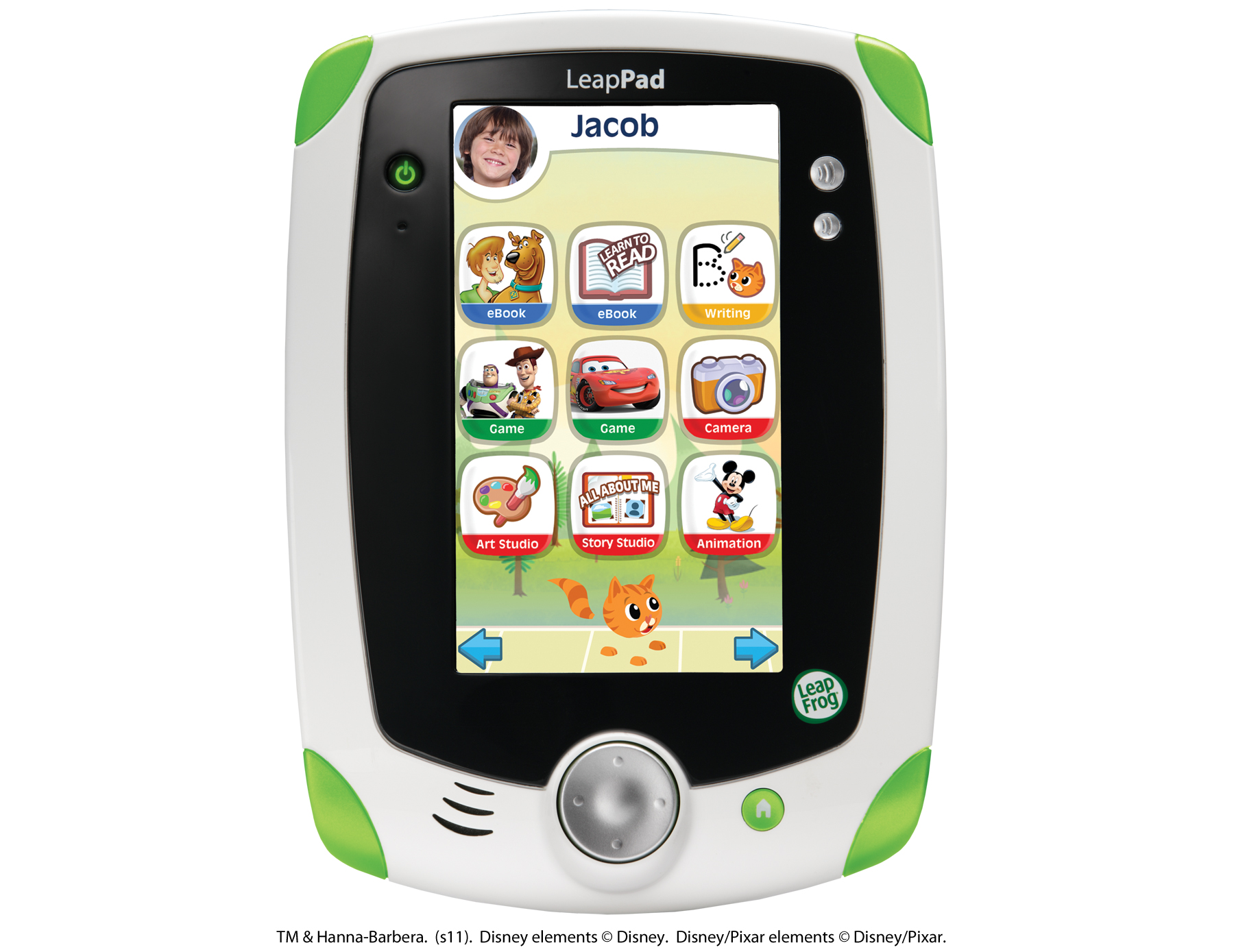Back to School 2011: Top digital cameras for kids under $110

It's that time of year again: the kiddies are gearing up to head back to school. While you're out shopping for school supplies, you may want to think about outfitting the backpack with a kid-friendly digital camera. Sure, you could play the hand-me-down game with your old camera, but with so many affordable cameras designed for kids, you can easily find something better suited for a young person's needs. Whether your child is bound for preschool or for college, you can find an age- and budget-appropriate option on the market today. Here is a shortlist to help you get started, arranged by grade, all selling for under $110:
| Image Gallery: Check out photos of the Top digital cameras for kids under $110. |  | |||||
If you have a slightly bigger budget, my favorite preschooler's camera is still the Vtech Kidizoom Plus, which costs just over twice what the Gummy Bears camera does. But if you're looking for a lower-cost option, the Gummy Bears camera is a basic but solid choice.
Grade school: LeapPad Explorer with camera
Using the aforementioned self-timer, kids can take self-portraits (and video) getting a five second count-down to allow time to turn the LeapPad around so that they're facing the camera. Clear verbal instructions are provided and the device prompts you with suggestions if you don't take any action, making it easy for kids to figure out how to shoot without having to read any instructions. Kids can even use the self-portrait capability to personalize the LeapPad by taking a photo and saving it to their profile. The tablet also comes with camera-ready apps preinstalled, including a Photo Lab that offers a slew of fun editing tools and the option to "ask your parent" to connect to a computer and share results with friends and family.
Of course, the LeapPad Explorer is so much more -- it's a gaming device, e-book reader, and educational tool too -- but for a list price of $99, it's also the best kids (ages 4 to 9) camera and camcorder for the money.
Middle school: Superheadz Clap camera
High school: DXG-018 3D Camera & Viewer
My pick for high-school kids is another inexpensive but fun camera, the DXG-018 3D Camera. Unlike most cameras offering 3D shooting these days (which take two shots in burst mode and the use in-camera image processing to create a 3D image), the DXG 3D  camera actually includes two lenses and two sensors. Of course for $70, don't expect something on the level of the Fujifilm FinePix Real 3D W3. Each 0.3-megapixel CMOS sensor in the DXG camera is just 1/9 of an inch (tinier than your average budget point-and-shoot), so image quality isn't going to be anything to write home about. And the LCD is similarly tiny at just 1.44 inches. As with the Clap, you'll have to add a memory card yourself (SD this time). There aren't many settings that you can adjust, so the camera is super-simple to operate, though obviously limited in functionality.
camera actually includes two lenses and two sensors. Of course for $70, don't expect something on the level of the Fujifilm FinePix Real 3D W3. Each 0.3-megapixel CMOS sensor in the DXG camera is just 1/9 of an inch (tinier than your average budget point-and-shoot), so image quality isn't going to be anything to write home about. And the LCD is similarly tiny at just 1.44 inches. As with the Clap, you'll have to add a memory card yourself (SD this time). There aren't many settings that you can adjust, so the camera is super-simple to operate, though obviously limited in functionality.
The camera comes bundled with three cardboard 3D viewers, and you can print images out on standard 4x6 photo paper and they'll be properly formatted for viewing, with dotted lines for you to cut along to trim the photo to fit the viewer. Nice and compact, the DXG-018 runs on two AAA batteries, and comes in five bright colors.
College: Canon PowerShot A1200  Unless your student is studying photography (in which case, you'll want to get a digital SLR, or some other interchangeable lens camera), a compact point-and-shoot is a great option for the social beings that incoming freshmen inevitably become. If your coffers are drained after signing the tuition check, though, you can still send your college-bound student off with a decent camera. The Canon PowerShot A1200 is a solid budget offering that will only set you back $109, but delivers surprisingly good image quality and as well as an impressive range of features for such a low price (e.g., as 720p HD video recording and in-camera special effects filters, like fish-eye, sepia, posterize, etc). The A1200 is also easy to use, so your student can stick to poring over textbooks rather than camera manuals. And because it uses standard AA batteries, college kids can grab it and go without having to remember to charge up.
Unless your student is studying photography (in which case, you'll want to get a digital SLR, or some other interchangeable lens camera), a compact point-and-shoot is a great option for the social beings that incoming freshmen inevitably become. If your coffers are drained after signing the tuition check, though, you can still send your college-bound student off with a decent camera. The Canon PowerShot A1200 is a solid budget offering that will only set you back $109, but delivers surprisingly good image quality and as well as an impressive range of features for such a low price (e.g., as 720p HD video recording and in-camera special effects filters, like fish-eye, sepia, posterize, etc). The A1200 is also easy to use, so your student can stick to poring over textbooks rather than camera manuals. And because it uses standard AA batteries, college kids can grab it and go without having to remember to charge up.